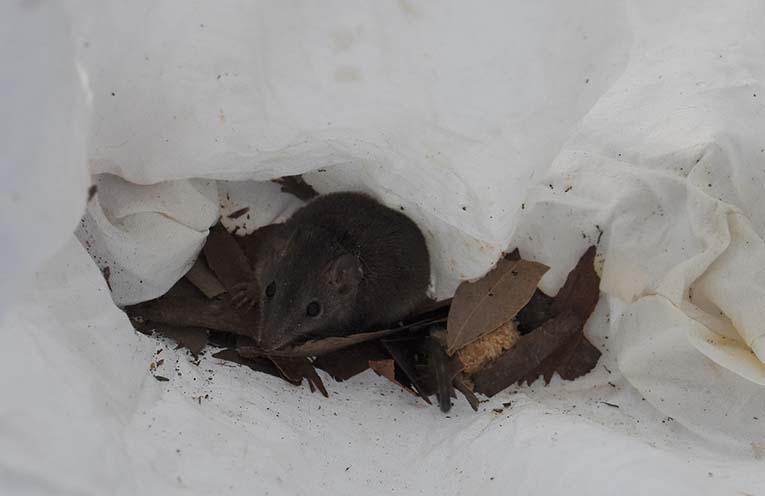
WITH winter upon us, MidCoast Council Senior Ecologist Mat Bell is urging residents not to mistake a native animal for the pesky introduced house mouse that may have entered homes looking for warmth.
Although the Brown Antechinus looks much like the introduced pest – the house mouse, it is actually a native animal that has a number of characteristics that make it our friend rather than a foe.
 Advertise with News of The Area today.
Advertise with News of The Area today.It’s worth it for your business.
Message us.
Phone us – (02) 4981 8882.
Email us – media@newsofthearea.com.au
“Unlike mice, this species is carnivorous and feeds on insects, spiders and centipedes,” Mr Bell said.
“It has been recorded eating small reptiles and other mammals, including the introduced, and troublesome house mouse.
“Brown Antechinus more commonly enter homes at the onset or during winter, where they seek warmth, shelter and additional food resources.
“So, it’s important to know the difference between the native marsupial and mice.”
Mr Bell said before jumping the gun and setting traps if you think your home is being invaded by mice it is important to double check it’s not our native, pest controlling friend.
“The quickest way to tell the difference between an antechinus and a house mouse is to look at the head,” he explained.
“The Antechinus has a pointier, long, narrow snout, whereas the house mouse has a blunt face and round nose.
“While mice and rats create a musky smell, Antechinus have no lingering odour.”
The species usually nests individually or in groups, in tree hollows, rock crevices and fallen logs.
Mr Bell said patience and tolerance was best when it came to dealing with the Antechinus and to co-exist where possible.
“It is very important to not deploy lethal traps for the Brown Antechinus,” he said.
“If you cannot tolerate the noise and the droppings, the best approach is to borrow a live trap (such as an Elliott trap).
“These traps safely contain the Antechinus for relocation into a suitable natural area nearby.
“Please make sure that the release area has lots of trees with hollows, logs and other cover.
“You can also put up a nest box as an alternative place to shelter.
“Brown Antechinus require a vertically long nest box with a small entrance hole, so other animals can’t climb in.”
The species is well known for its breeding strategy which involves all males dying at about eleven months of age after a short, but intense, breeding cycle.
They die of stress, exhaustion and predation associated with reckless behaviour.
Females give birth to tiny fur-less young, which attach to teats in an open pouch on their belly.